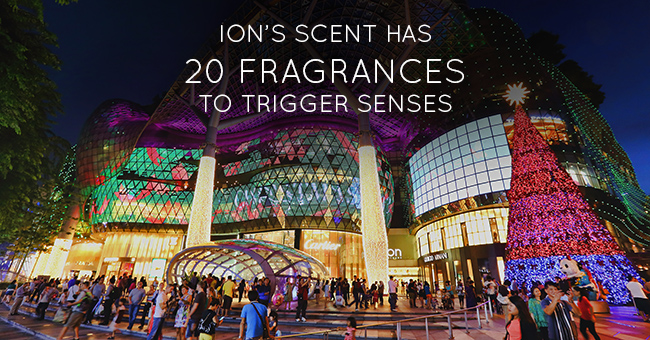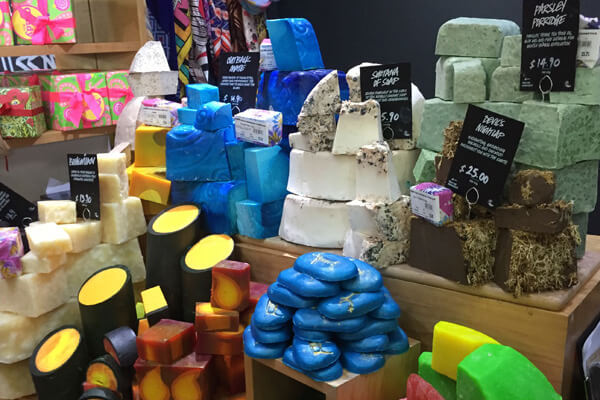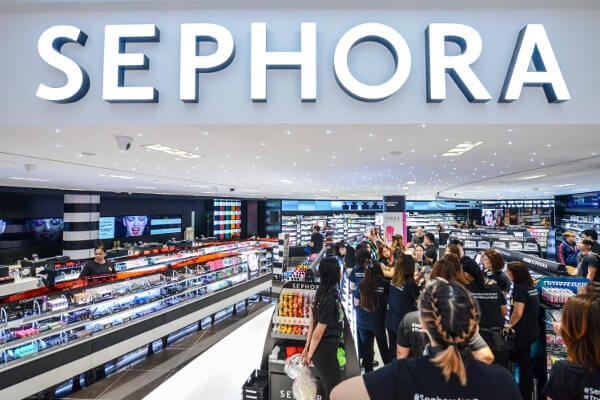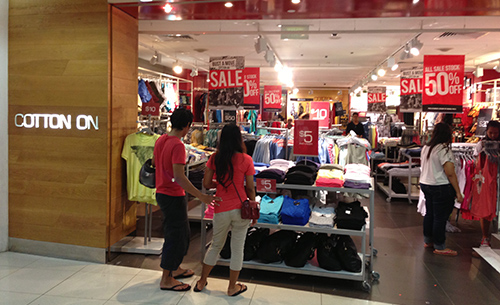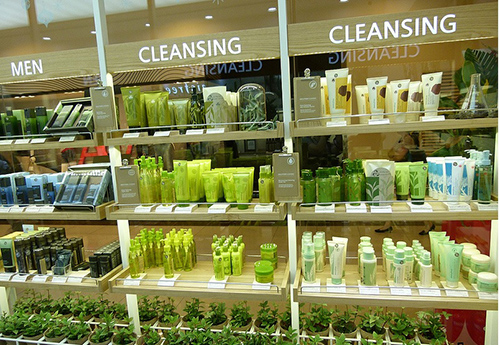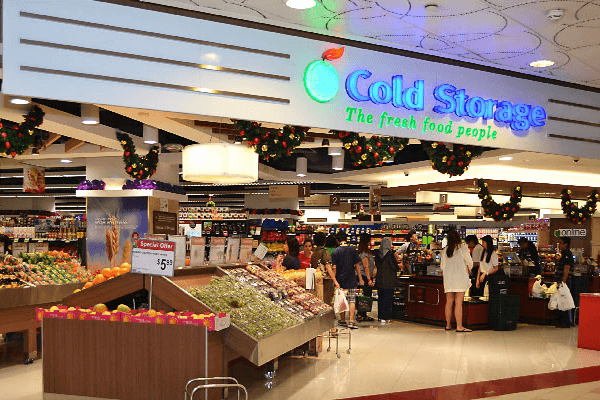Shopping Mall Psychology
Tapping out of the MRT gantries into ION Orchard is a sensory experience. From that familiar ION smell to the brightly lit Kikki.K and the sleek Dior right in front of you, almost all of your senses are assaulted simultaneously. And while you may think this is just a happy coincidence, this sensory buffet is in fact carefully orchestrated by the malls and shops.
Here’s how your shopping experience is influenced by the manipulation of your five senses.
You’ll first recognise the smell…
Our sense of smell is connected to our brain’s limbic system, that’s why scents are more associated with memory, because of their connection to emotions and memories. Peppermint indicates a sense of freshness or a clean space, while vanilla gives you a sense of warmth and comfort. Shopping malls use this connection to encourage us to visit them.
ION Orchard’s signature scent uses 20 notes, from ingredients as diverse as white tea to peony. So theoretically, when you think of ION Orchard, you remember this scent and recall the relaxing atmosphere you experienced.
Individual shops also use this idea to draw us in. Just the mention of LUSH Cosmetics, Ambercrombie & Fitch, and even Victoria’s Secret can invoke certain emotions in us. Though these emotions may differ, their distinct scents come to mind.
When the familiar scent of LUSH Cosmetics wafts towards you while you stroll down the corridor of Wisma Atria, you’ll remember the fun times you had in the shop smelling the different bath bombs and testing the various face masks—maybe even an interesting conversation you had with one of the staff. This would then draw you towards the shop once again. If you’ve never been to LUSH Cosmetics, the search for the origin of this sweet scent could also lead you right to their shop front.
Then you’ll start to sample…
You may think that swatching samples, or being able to try out products, is just a touch of generosity from the shop. But in reality, this is how shops rope you in.
According to research, the moment you touch an item, you’ll feel a sense of ownership within as little as 30 seconds—even if you didn’t originally plan on buying it. This sense of ownership is one hop away from purchasing the product to reinforce this new relationship. So this is definitely something to consider the next time you decide to stroll into Sephora for an innocent swatching-no-buying session. You may be subconsciously convincing yourself to buy more stuff.
While an array of factors affect your buying decision, the taste of delicious samples is no doubt an effective way to convince you to buy the product. After all, they’ve just unequivocally proved to you that what they’re selling is absolutely sedap. Additonally, you’ll feel obligated to reciprocate their kind gesture of offering free samples.
This is how you’ll spend way too much money after a short stroll through Ngee Ann City’s Chinese New Year atrium sale even though you told yourself that this is the year you won’t binge on snacks. Well, can’t blame you when everyone shoves their samples in your face.
You’ll start to see their true colours…
The colors that we see are linked to our emotions as well. From the color of logos to entire product displays that are grouped according to themes, the different shades engage us in a myriad of ways.
Cotton On, BHG and numerous other shops use red signs when indicating a sale because red is a color associated with sales and inspires people to take action. This concept is extended even to the choice of logos; value shops like Daiso use red logos whereas shops that are aiming for a more luxurious feel, such as Chanel, use black logos to invoke a sense of authority.
The color green is associated with freshness and nature which is why many companies that brand themselves as environmentally friendly (The Body Shop, Innisfree) or “natural” have green logos and packaging in various shades of green.
But you may not be able to make a sound decision.
If you think the shop’s playlist you’re listening to simply reflects the manager’s iPhone playlist for his #mood that day, think again. While some stores may play music to match their brand’s vibe, research has shown that the type of music played does in fact affect the way you shop.
Slow songs in a minor key will make you buy more things because the slower tempo makes you move slowly through a store, giving you more time to interact with the products and have a sense of ownership over that box of cereal that’s calling out to you. The minor key of the song is also associated with sadness and thus you may end up doing some unexpected retail therapy. A prime example of this would be supermarkets like Cold Storage and NTUC—aside from festive periods, their music choices always seem slightly slower and sadder.
Singapore Shopping Malls
There are many ways stores manipulate our five senses to influence us to shop. But now that you’re aware of a few examples, keep an eye out the next time you visit a mall, so you know whether your affinity with that product is fo real or not.

